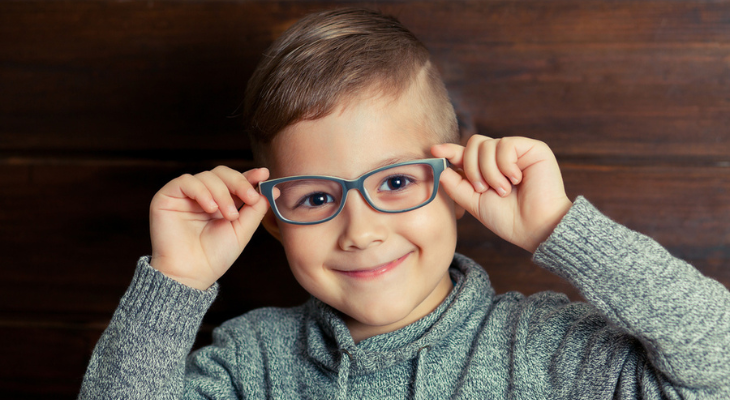
The Importance of Eye Exams for Kids
Regular eye exams are a must for kids. Since vision problems often appear for the first time during childhood, scheduling annual eye exams offers a simple way to protect your child's eyesight.
Good Vision Is Essential for Learning
Your child relies on his or her visual memory to remember spelling words or recognize shapes and letters. If your child's vision is blurry, the information stored in the brain's visual memory center may not be accurate. This can lead to difficulty reading, completing math problems, copying words, or writing clearly. Kids who have poor vision may also become frustrated at school, which can lead to behavioral problems.
School Eye Exams Don't Identify All Vision Issues
Although the eye exams schools conduct are certainly helpful, they may not identify all vision problems. In fact, school vision screenings fail to detect up to 75% of vision issues, according to the American Optometric Association.
School-age children may experience a variety of problems that affect their eyesight, including:
- Myopia (Nearsightedness). Kids who have myopia see close objects clearly, but objects in the distance look blurry. Myopia can be caused by an eyeball that is too long or a cornea that curves more than normal.
- Hyperopia (Farsightedness). Farsightedness causes a person to see objects in the distance clearly, while those nearby are blurry. Hyperopia is often caused by eyeballs that are too short.
- Astigmatism. Astigmatism causes blurry vision both near and far and occurs due to an irregularly curved cornea.
- Other Vision Problems. A variety of other vision problems can affect your child's eyesight and school performance, including strabismus (crossed eyes), amblyopia (lazy eye), visual processing disorders, focusing problems, and eye teaming or tracking difficulties.
Children May Not Realize That They Need Glasses
Just because your child has never complained about poor vision doesn't mean that he or she can see clearly. After all, it's impossible to tell that you have a vision problem if the world has always looked slightly blurry.
Even young children can develop nearsightedness, farsightedness, astigmatism, and other vision issues. According to the American Optometric Association's (AOA) 2018 American Eye-Q Survey, around 75% of kids who have myopia received their diagnoses at ages 3 - 12.
Regular eye exams will help you ensure that your son or daughter's vision is crisp and clear. Not sure how often your child needs to visit the optometrist? The AOA recommends these visit guidelines:
- Once Between 6 - 12 Months
- Once Between 3 - 5 Years
- Before Beginning First Grade
- Every Year Between 6 - 17 Years
Don't Let Your Child's Blurry Vision Go Untreated
Is it time for your child's eye exam? Contact our office to schedule your son or daughter's visit.
Sources:
American Optometric Association: With Childhood Myopia Rates on the Rise, the American Optometric Association Highlights the Importance of Early Intervention Through Annual Eye Exams, 3/1/2019
https://www.aoa.org/about-the-aoa/press-room/press-releases/myopia-rates-on-the-rise?sso=y
UCLA Children's Discovery and Innovation Institute: Impact Analysis of Vision to Learn
https://visiontolearn.org/wp-content/uploads/UCLA-Study-Quantitative-Analysis.pdf
American Optometric Association: Comprehensive Eye Exams
https://www.aoa.org/healthy-eyes/caring-for-your-eyes/eye-exams?sso=y
Centers for Disease Control and Prevention: Keep an Eye on Your Child’s Vision, 2/24/2023
https://www.cdc.gov/visionhealth/resources/features/vision-health-children.html

